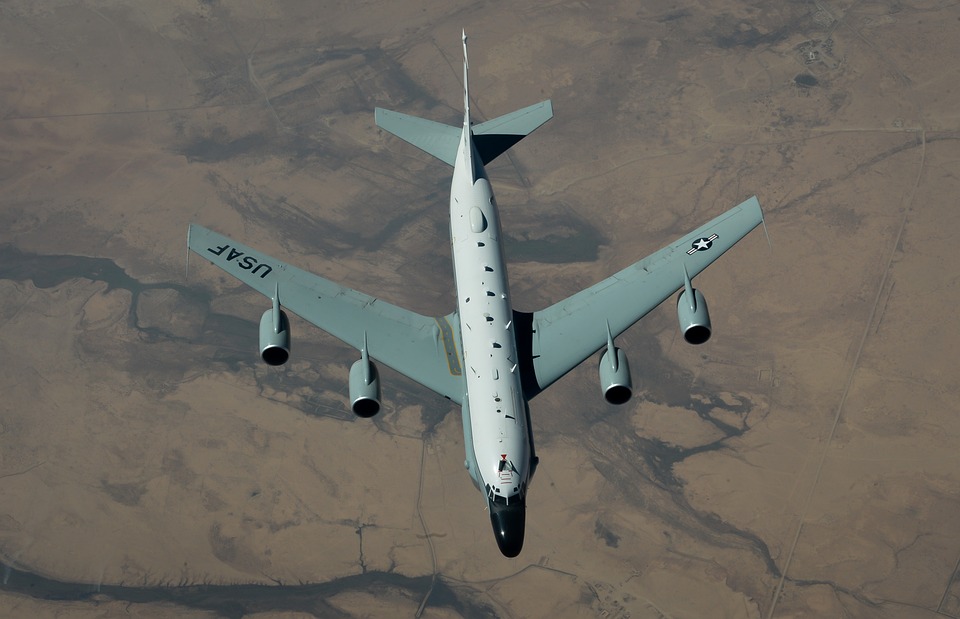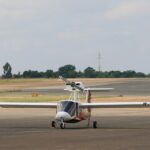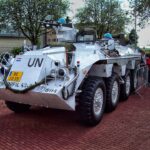Technology plays a crucial role in modern reconnaissance operations, providing military forces with the ability to gather critical intelligence on enemy movements, capabilities, and intentions. In the digital age, advancements in technology have revolutionized the way reconnaissance operations are conducted, allowing for faster and more accurate information gathering that can greatly enhance military decision-making and operational effectiveness. From satellite imaging and UAVs to sophisticated surveillance equipment and data analytics software, technology has become an indispensable tool in the modern battlefield.
Role of Technology in Surveillance and Reconnaissance
Surveillance and reconnaissance are key components of military operations, as they provide crucial information on enemy activities and terrain conditions that can influence strategic decisions. Technology has greatly enhanced the capabilities of surveillance and reconnaissance operations, allowing military forces to gather real-time data and imagery from a variety of sources. One of the most widely used technologies in modern reconnaissance operations is the use of unmanned aerial vehicles (UAVs), also known as drones.
Unmanned Aerial Vehicles (UAVs)
UAVs have become an integral part of modern military reconnaissance operations, providing troops with the ability to conduct surveillance missions in hostile environments without putting personnel at risk. These unmanned aircraft can be equipped with a variety of sensors, cameras, and other reconnaissance equipment that can capture high-resolution imagery and other data from the air. UAVs are also capable of staying in the air for extended periods of time, allowing for continuous surveillance of a target area.
One of the key advantages of UAVs is their ability to provide troops with real-time situational awareness, allowing military commanders to make informed decisions based on up-to-date information. UAVs can also be used for targeting purposes, allowing for precision strikes against enemy targets with minimal collateral damage. In addition to military applications, UAVs are also used for a variety of other purposes, including border patrol, law enforcement, and disaster response.
Satellite Imaging
Another important technology in reconnaissance operations is satellite imaging, which provides troops with high-resolution imagery of enemy activities and terrain conditions. Satellites can be used to monitor enemy movements, identify potential threats, and gather intelligence on enemy installations and capabilities. Satellite imaging can also be used to track the movement of enemy forces and vehicles, providing military commanders with valuable information on enemy intentions.
Satellite imagery is particularly useful in reconnaissance operations where ground-based surveillance is not feasible, such as in remote or inaccessible areas. Satellites can provide troops with a global view of the battlefield, allowing for better planning and coordination of military operations. Satellite imagery can also be used for mapping and navigation purposes, allowing troops to accurately navigate through unfamiliar terrain and locate enemy targets.
Advanced Surveillance Equipment
In addition to UAVs and satellite imaging, military forces also use a variety of advanced surveillance equipment to gather intelligence on enemy activities. This equipment includes cameras, sensors, and other technologies that can be deployed on the ground, in the air, or on water to gather information on enemy movements and capabilities. Advanced surveillance equipment can be used for a variety of purposes, such as monitoring border crossings, tracking enemy vehicles, and conducting covert surveillance operations.
Data Analytics Software
One of the key advancements in reconnaissance technology is the development of data analytics software that can process and analyze large amounts of information to extract valuable intelligence. Data analytics software allows military forces to sift through massive amounts of data to identify patterns, trends, and anomalies that can provide insights into enemy intentions and capabilities. This software can also be used to predict enemy behavior and assess the potential threat posed by enemy forces.
Data analytics software is particularly useful in reconnaissance operations where multiple sources of information need to be integrated and analyzed to form a complete picture of the battlefield. By combining data from satellites, UAVs, ground sensors, and other sources, military forces can gain a comprehensive understanding of enemy activities and make more informed decisions. Data analytics software can also be used to generate real-time alerts and notifications, allowing troops to react quickly to changing situations on the battlefield.
Conclusion
In conclusion, technology plays a critical role in modern reconnaissance operations, providing military forces with the tools and capabilities to gather intelligence on enemy activities and make informed decisions. From UAVs and satellite imaging to advanced surveillance equipment and data analytics software, technology has revolutionized the way reconnaissance operations are conducted, allowing for faster and more accurate information gathering that can greatly enhance military effectiveness. As the digital age continues to evolve, technology will play an increasingly important role in shaping the future of reconnaissance operations and military strategy.


